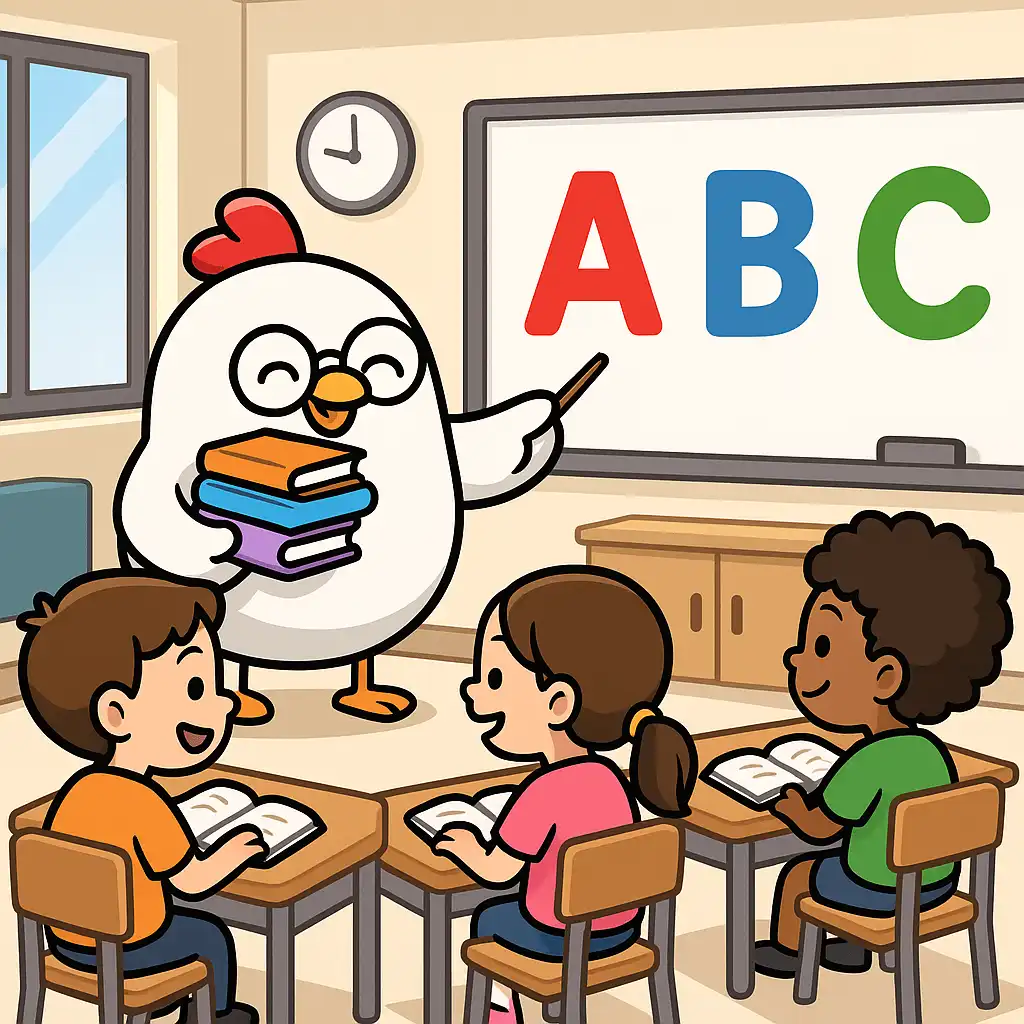The Next Phonics Rule: Mastering the 'ck' Ending
Your child just cracked the code for using 'c' and 'k' at the beginning of words. Now, they're ready to become true phonics detectives and learn what to do at the end of a word. It's time to master the 'ck' sound team!
This is a huge step forward in their reading journey. Learning this rule empowers your child with the knowledge to correctly and confidently read a massive number of common words. In just 10 minutes a day, our program makes this next rule feel like a fun and rewarding discovery, building on their skills and making them feel like a reading expert.
Our Approach: Making Reading More Predictable
This lesson is all about noticing patterns and applying rules—a new level of critical thinking for a reader. Our approach is designed to make your child feel clever and successful.
- We Make the Rule Intuitive: Our games are filled with words like
duck,rock, andneck. Through fun, repetitive play, your child will intuitively grasp that the 'ck' ending reliably follows the short vowel sounds they've already mastered. - Building Instant Recognition: This rule is a game-changer for a young reader. When they see the 'ck' team in a word, they'll know instantly that it makes just one sound: /k/. This removes hesitation and builds reading fluency.
- Building a Problem-Solving Mindset: When a child understands why a rule exists, it sticks. This lesson shows them that English isn't just random letters; it's a system with predictable patterns they can learn and master. This builds their identity as a capable problem-solver.
The New Words Your Child Will Master
By mastering the 'ck' rule, your child will confidently decode a huge list of new words. They will feel so proud as they conquer words in our games, such as:
- back, pack, rack
- deck, neck
- kick, lick, tick
- rock, sock, lock
- duck, luck, tuck
This explosion in their word-reading ability is a massive reward for their hard work.
Expert Answers to Your Questions About Reading 'ck' Words
1. What is the actual rule for 'ck' that helps my child read?
Here is the simple, reliable rule: The letter team 'ck' is used for the /k/ sound at the end of a one-syllable word when it comes right after a short vowel. So when your child sees b-a-ck or r-o-ck, they'll know the 'a' and 'o' are short, and the 'ck' at the end simply says /k/.
2. Why use two letters ('ck') instead of just 'k'? How does that help a reader? This is a great question! 'ck' is a digraph (a team of two letters making one sound). Think of 'ck' as a helpful clue for the reader. When your child sees this team, it confirms two things: the letters make a single /k/ sound, and the vowel right before it is a short vowel. It makes reading much more predictable.
3. This is great, but what about words like 'milk' or 'sneak'? Why don't they use 'ck'?
You've spotted the most important part of the rule! In milk, the /k/ sound comes after another consonant ('l'), not a short vowel, so it just uses 'k'. In sneak, the 'ea' makes a long vowel sound, so it also just uses 'k'. The 'ck' rule is a special one that only applies right after a short vowel. Our app ensures your child masters this pattern before moving on to others.
4. How can I best support my child with this rule during our 10-minute sessions?
Your role is to be the "pattern noticer" alongside them. When they successfully read a word like sick, you can say, "Wow, you did it!" You don't need to teach the rule; the app does that. You just get to celebrate their new detective skills for reading.
Your Child is Now a Reading Rule-Maker!
Learning this rule is a major step towards becoming a fluent, confident reader. Let's celebrate this new level of learning and continue to build their skills.
